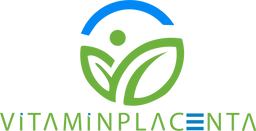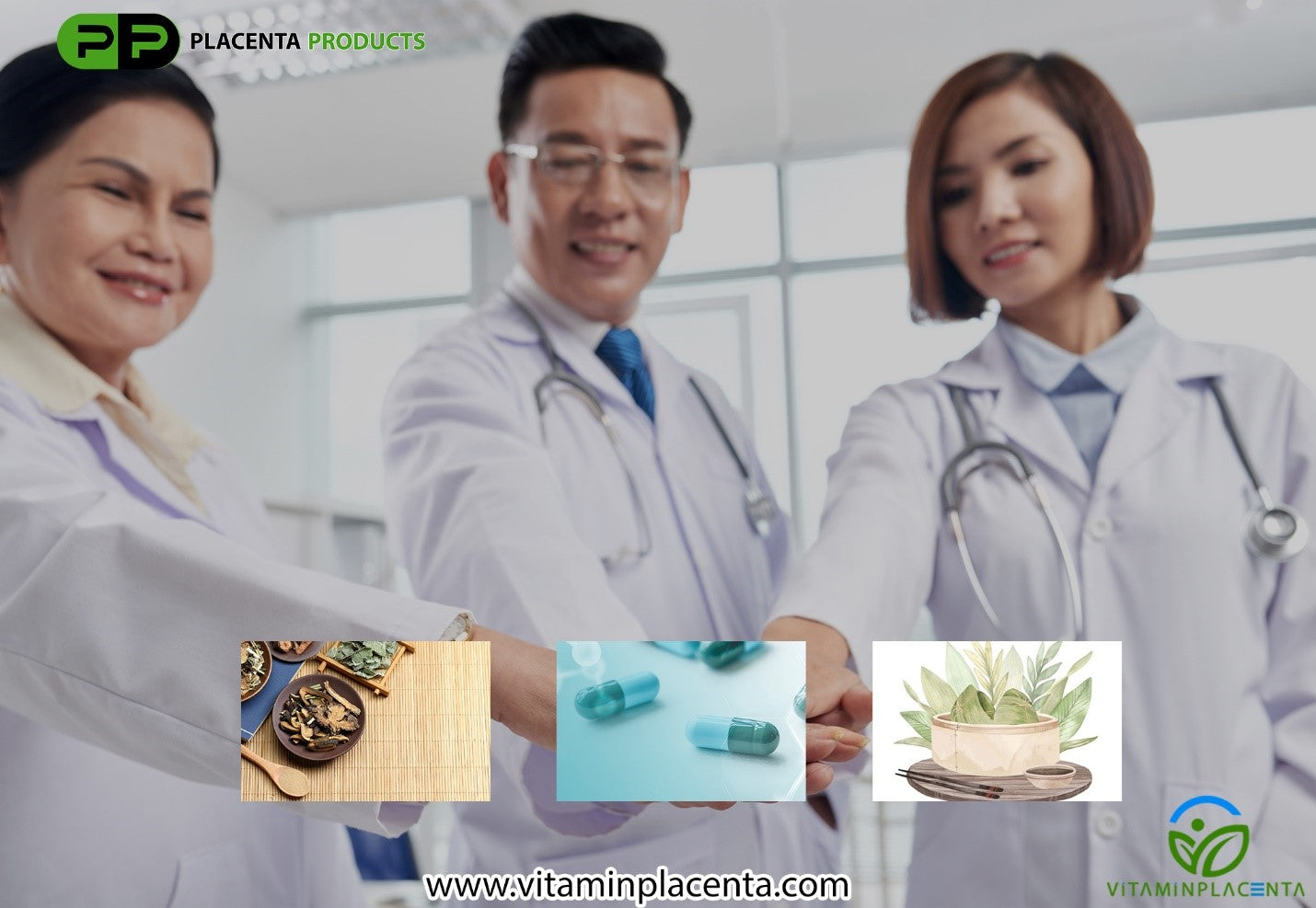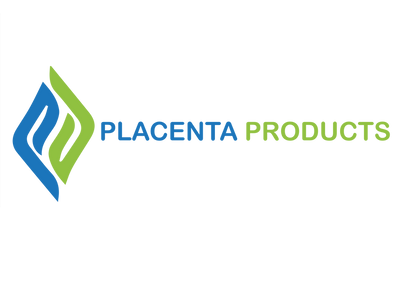Traditional Chinese Medicine
Traditional Chinese Medicine (TCM) is the ancient health and wellness approach that has been used in China for thousands of years. Western medicine is primarily concerned with disease treatment. TCM, on the other hand, considers your overall health.
You may sometimes see athletes or celebrities with purple circles on their skin as a result of cupping. Perhaps you have a friend who swears by acupuncture for back pain or herbal teas for colds. People are increasingly turning to TCM practices like these to not only treat but even prevent sickness.
What are the ideas behind TCM?
Western medicine frequently compares the body to a car. It has several systems that require the proper inputs and outputs. It's really specific and logical.
TCM, on the other hand, is not concerned with science or medicine. It is instead centered on balance, harmony, and vitality. TCM is based on two key concepts:
QI
This is also known as vital energy or life energy. Qi (pronounced "chee") circulates through the body along paths known as meridians. According to this idea, sickness can occur if the passage of qi via certain meridians is blocked or unbalanced.
The following are regarded to be the causes of qi imbalance:
- External factors such as wind, cold, or heat.
- Internal forces such as happiness, rage, or terror.
- Factors of lifestyle, such as a poor diet, insufficient sleep, or excessive alcohol consumption.

Yin and Yang
The principle of yin and yang is very important in traditional Chinese medicine. According to this viewpoint, everything, including the body, is composed of opposing energies known as yin and yang.
- Yin: night, dark, cold, feminine, negative
- Yang: day, light, warm, positive, masculine
The harmony between these opposing forces is thought to be crucial for good health. To stay well and avoid illness, traditional Chinese medicine emphasizes the need to maintain a healthy yin-yang balance.
Traditional Chinese medicine practitioners consider the balance of body, mind, and spirit to determine how to restore qi, the yin-yang balance, and good health.

What are the benefits of TCM?
TCM has been used to treat a wide range of illnesses for thousands of years. Western scientists are continuously researching its efficacy in treating various diseases.
TCM has been demonstrated to be useful in the following conditions:
- Obesity
- Diabetes and its complications, such as retinopathy
- High cholesterol
- Depression
- Arthritis
- Back pain
- Fertility disorders
- Alzheimer disease
- Parkinson disease
- Digestive disorders such as irritable bowel syndrome
- Recurrent cystitis, inflammation of the bladder
- Nausea and vomiting
- Heart diseases
TCM may also be useful in treating the following conditions:
- Allergies
- Asthma
- Cancer, particularly colorectal cancer
- Stroke
- Sinusitis
- Addiction
- Childbirth and abdominal pain
- Symptoms of menopause
- Osteoporosis
- Infectious diseases (respiratory, bladder, vaginal)
- Sleep issues
- Stress
- Constipation
- Diabetes-related neuropathy
- Epilepsy
What are the popular TCM therapies?
Among the therapies offered by traditional Chinese medicine are:
- Acupuncture, the technique involves inserting thin metal needles into the body's meridians.
- Acupressure is a technique that involves applying direct pressure to spots throughout the body's meridians with the palms or fingers.
- Chinese herbs, herbal mixtures, roots, powders, or animal ingredients aid in restoring body balance.
- Cupping is a technique that uses heated air in glass jars to create suction that is then applied to parts of the body to activate Qi.
- Diet. Yin and yang foods can help restore the body's yin-yang balance.
- Massage (tui na) on specific body parts or along the meridians of the body.
- Moxibustion is a technique that involves applying small amounts of heated plant fiber (moxa, or Chinese mugwort) to certain parts of the body.
- Qi gong, which combines movement, breathing exercises, and meditation.
- Zi he che or Placenta hominis, medicinal products are made from the human placenta.
Why is Zi he Che or Placenta Therapy the Most Beneficial?
When compiling the first Materia Medica on Traditional Chinese Medicine in the 1500s, Li Shizhen wrote about the placenta as a medicine for the first time. Since then, the dried placenta has been frequently used to treat a variety of illnesses.
There is minimal scientific proof that eating placenta is beneficial to one's health. However, research has found that the postpartum placenta contains various nutrients, including fiber, protein, and potassium, and hormones such as estradiol and testosterone.
Furthermore, many mothers worldwide claim that eating placenta aka placentophagy, improved their postpartum health, and many supporters believe that these personal experiences trump science.
These are the Health Benefits of Eating Placenta (placentophagy):

Improved milk production
Genevieve Howland writes on her blog Mama Natural about how taking her placenta as pills raised her milk supply dramatically, “Within 24 hours, I noticed my milk production increase substantially,” she writes. “[E]ating your own placenta is known to increase milk supply. And that was certainly the case with me.”

Improved mood and increased energy
Elizabeth Stark writes in a blog on Babble, an online magazine for women, on how using placenta pills substantially enhanced her postpartum experience, "To my surprise, I didn't experience mood swings, and I had more energy while taking the pills," she writes. "Though I don't have a double-blind, peer-reviewed study to back up my claim, I feel confident that placenta-eating made those first few postpartum weeks easier." Many of our celebrity testimonials mention the same thing, and can be found under the "testimonials" link at the very bottom of the page.

Pain relief
Placentophagy proponents suggest that the procedure can aid with postpartum pain management. The consumption of the placenta results in a significant increase in centrally mediated opioid antinociception. a study on the efficacy of placental extracts in treating patients with complex regional pain syndrome (CRPS) — an inflammation-related condition characterized by sudden discomfort, swelling, skin color changes, and restricted movement. Patients with CRPS experienced significant improvement after having injections of placental extract into acupuncture points BL23, BL24, BL25, and LR4. All patients experienced total pain relief, swelling reduction, redness disappearance, and restoration of articular movement.
It seems Zi He Che is the most effective therapy to aid most of the illness. The effectiveness of placentophagy proves why it is increasing in popularity in the western medicinal scenario.



